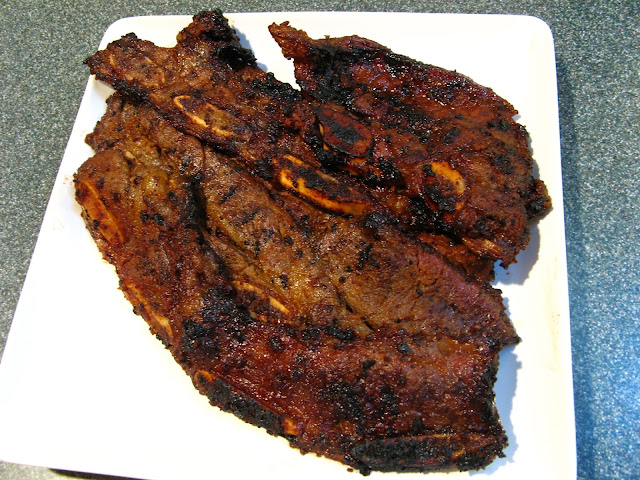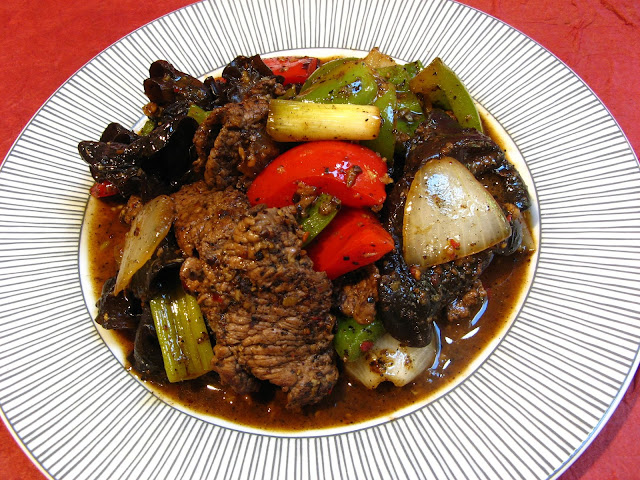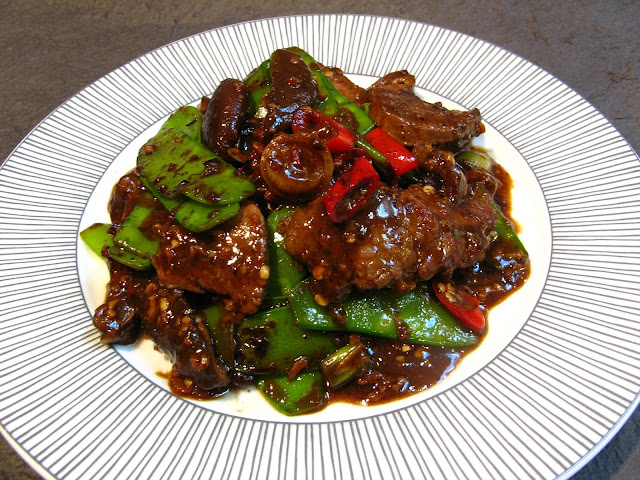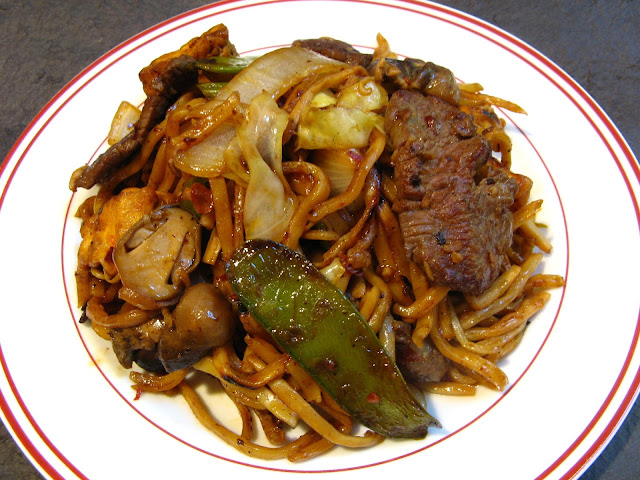This will be my last post for 2015. So my last recipe is a
dessert, which I rarely make, made for my family’s 2015 Christmas dinner. So
we’ll end the year on a sweet note and as we enter 2016, best wishes to you and
your family for the coming New Year. I hope you’ve enjoyed this year’s recipes
and I’ll see you next year with more recipe postings.
The origin of this recipe was the Amaretto Fudge Cheesecake
recipe from cooking.com, whose site no longer exists. I made this dessert once
before (a few Christmas’ ago) more or less as in the original recipe. My 2015
recipe version definitely came out delicious after making changes to the
original, which included drastically reducing the amount of sugar in the
filling. I’m not a fan of overly sweet desserts, so I add the minimal amount of
sugar, but everyone has different tastes, so feel free to add more. When making
the cookie crust, I’ve found that it’s sufficient to use the entire sandwich cookie
(including the filling, which many recipes have you remove) with added
flavoring (in this case Kahlúa) rather than adding any additional sugar or
butter. I’ve also found that it’s not necessary to bake the crust before adding
the cheesecake filling, which saves a step in making this dessert. Finally I
added a visual and tasty flourish to the cheesecake by topping it with a
flavored ganache (Kahlúa again and it hides any filling surface defects after
baking).
Enjoy!


































